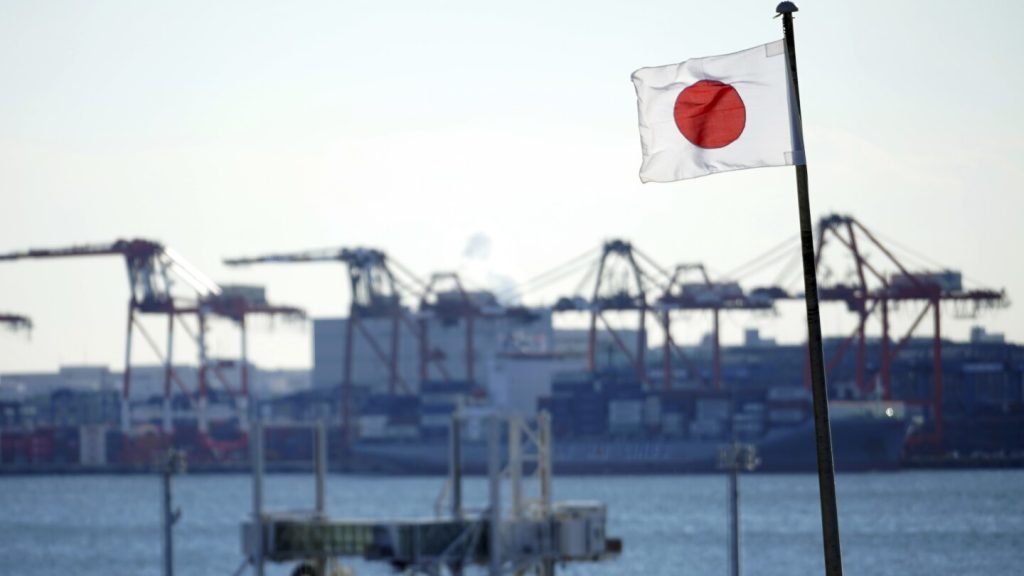Japan’s trade deficit in April increased by almost 8% compared to the previous year, driven by a weak yen that boosted the value of imports. The Ministry of Finance reported that exports and imports both saw an 8% increase, with exports totaling 8.98 trillion yen and imports totaling 9.4 trillion yen. The trade deficit for the month was 462.5 billion yen. Shipments to Asia, the U.S., and the Middle East saw significant growth, while exports to Europe remained flat. Imports from the U.S. and the Middle East, particularly oil and gas, increased significantly. Vehicle exports and exports of electrical machinery also saw notable gains.
The sharp increase in imports was largely due to the U.S. dollar’s gains against the yen, with the dollar now trading at around 156 yen compared to 139 yen a year ago. This makes Japan’s purchases from abroad more expensive but boosts the value of overseas earnings for companies like Toyota Motor Corp. Imports of oil, natural gas, food, and manufacturing inputs all saw an uptick in April. Japan’s low interest rates, with the benchmark still near zero, have contributed to the weakening yen. The Bank of Japan’s policy is aimed at stimulating a stagnant economy and encouraging lending. In contrast, the U.S. has raised interest rates to combat inflation, leading to higher returns on dollar investments and a stronger greenback.
The weak yen and increased imports have impacted Japan’s trade balance, with the country facing a trade deficit in April. However, the boost in exports, particularly in vehicle exports and electrical machinery, provides some relief. Japan’s auto production has been recovering after disruptions caused by the pandemic, helping to drive up exports. The increase in imports of oil, natural gas, and manufacturing inputs reflects growing demand in the country. Despite the trade deficit, Japan’s trade with regions like the U.S. and the Middle East continues to strengthen.
Overall, the trade deficit in April highlights the challenges faced by Japan’s economy due to the weak yen and increased imports. The country’s efforts to stimulate economic growth through low interest rates have contributed to the currency’s depreciation. The U.S.’s contrasting approach of raising interest rates has bolstered the value of the dollar, further impacting Japan’s trade balance. Moving forward, Japan will need to carefully monitor its trade relations with key partners like the U.S. and the Middle East to ensure a balanced trade flow. The recovery of the auto industry and increasing demand for manufacturing inputs are positive signs for Japan’s export sector.


